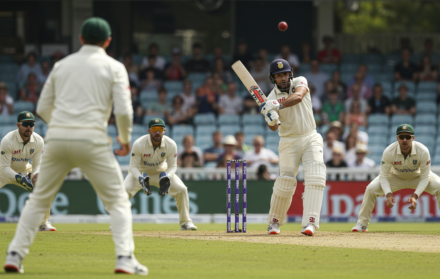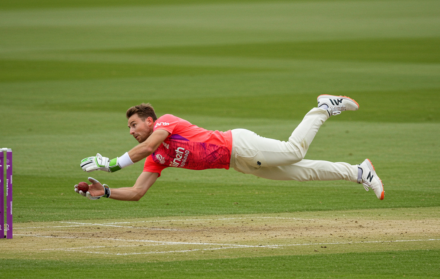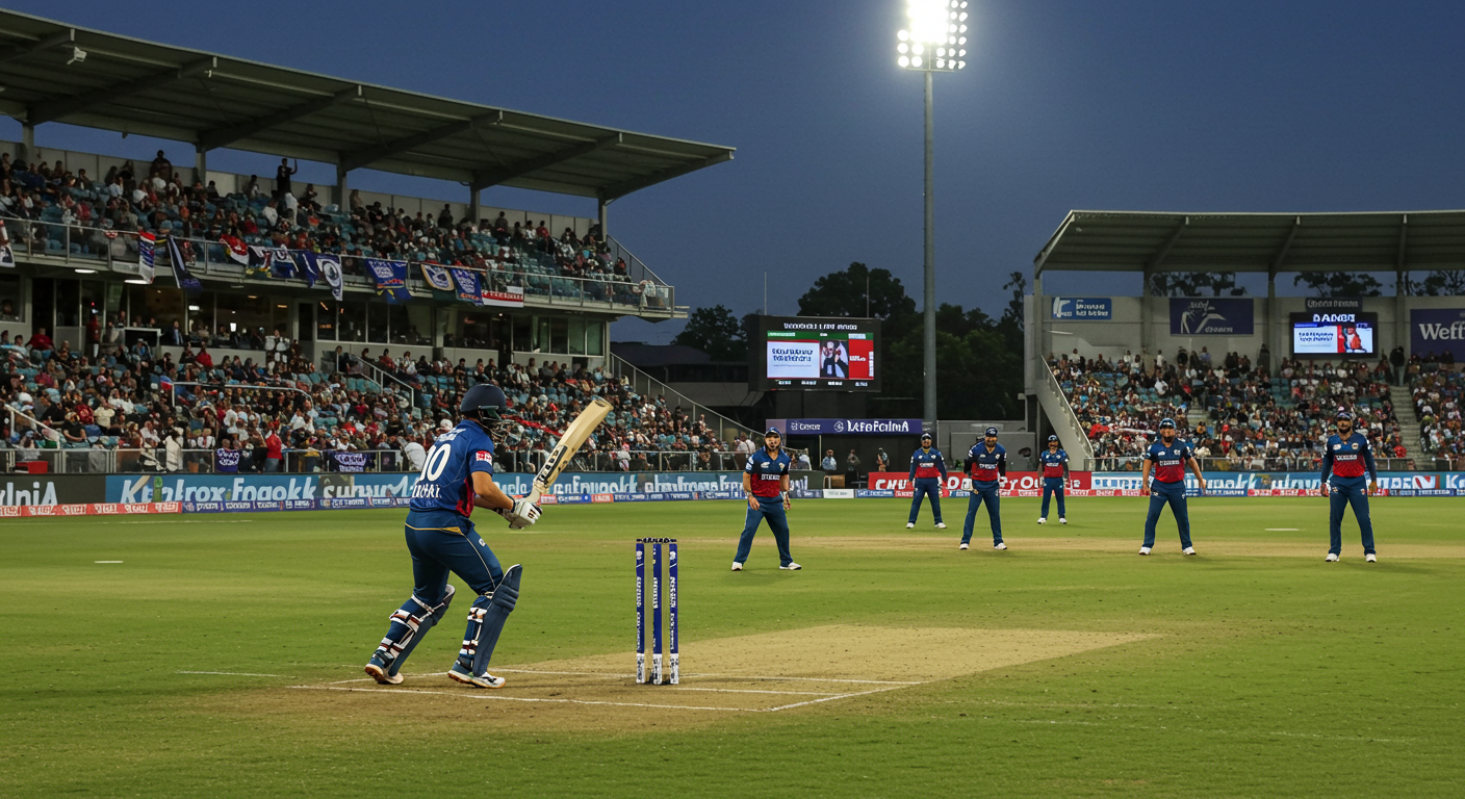
How Does the T20 World Cup Format Work?
The T20 World Cup is one of the most exciting events in modern cricket. It is fast-paced, filled with high-energy performances, and delivers unpredictable results that fans around the world love. Unlike the longer formats of the game, each T20 World Cup match typically lasts about three hours, making it more accessible to new audiences and perfect for global broadcasting.
The T20 World Cup format is carefully designed to balance competitiveness, fairness, and entertainment. The structure includes group stages, elimination rounds, and qualification processes that give both full-member and associate nations a chance to shine on the world stage.
1. What Is the T20 World Cup?
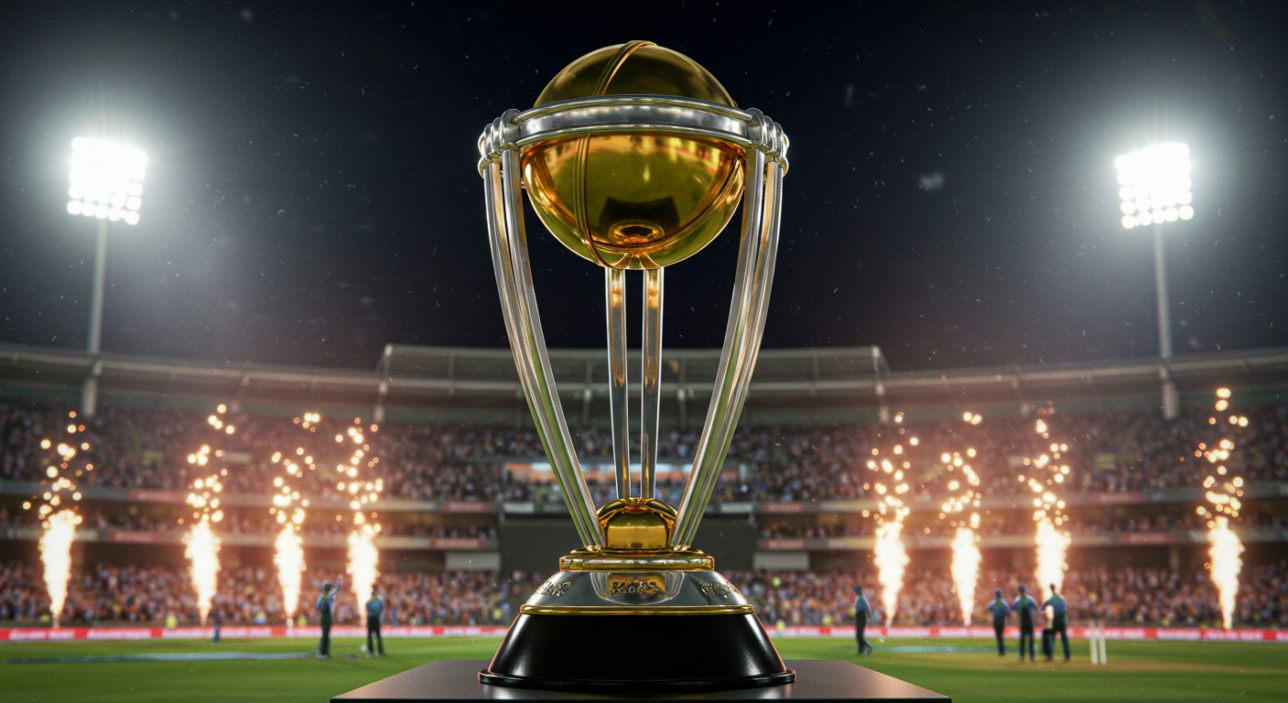
The ICC Men’s T20 World Cup is a global cricket tournament organized by the International Cricket Council (ICC). It features the shortest format of professional international cricket — Twenty20, in which each team faces a maximum of 20 overs.
The tournament was first held in 2007 in South Africa, and it instantly made headlines when India defeated Pakistan in a thrilling final. Since then, it has been organized regularly, generally every two years, and it has become a major fixture in the international cricket calendar.
Key facts:
-
First held in 2007
-
Administered by the ICC
-
Played in the T20 format (20 overs per side)
-
Involves both established full-member teams and emerging associate nations
-
Separate editions for men’s and women’s tournaments
The T20 World Cup stands out because it compresses the drama of a traditional cricket match into a shorter time span, making it ideal for television and for attracting newer, younger fans globally.
2. How Many Teams Participate?
The number of teams in the T20 World Cup has evolved over the years. Early editions featured 12 teams, but the ICC has expanded the tournament as interest in cricket continues to grow in non-traditional markets.
As of the 2022 edition:
-
16 teams participated
-
8 teams entered the Super 12 stage directly based on their ICC rankings
-
8 lower-ranked or associate teams began in the initial group stage for a spot in the Super 12
Looking ahead, the ICC has announced that the number of participating nations will increase to 20 teams for future editions, starting in 2024. This expansion reflects the sport’s growing global appeal.
Breakdown (as per recent structure):
-
12 full-member nations with regular spots (e.g., India, Australia, England, South Africa)
-
8 associate or qualifying teams (e.g., Netherlands, Namibia, Ireland, UAE)
This inclusive approach brings diversity to the tournament and helps promote cricket in emerging markets such as the United States, Nepal, and Papua New Guinea.
3. How Teams Qualify for the T20 World Cup
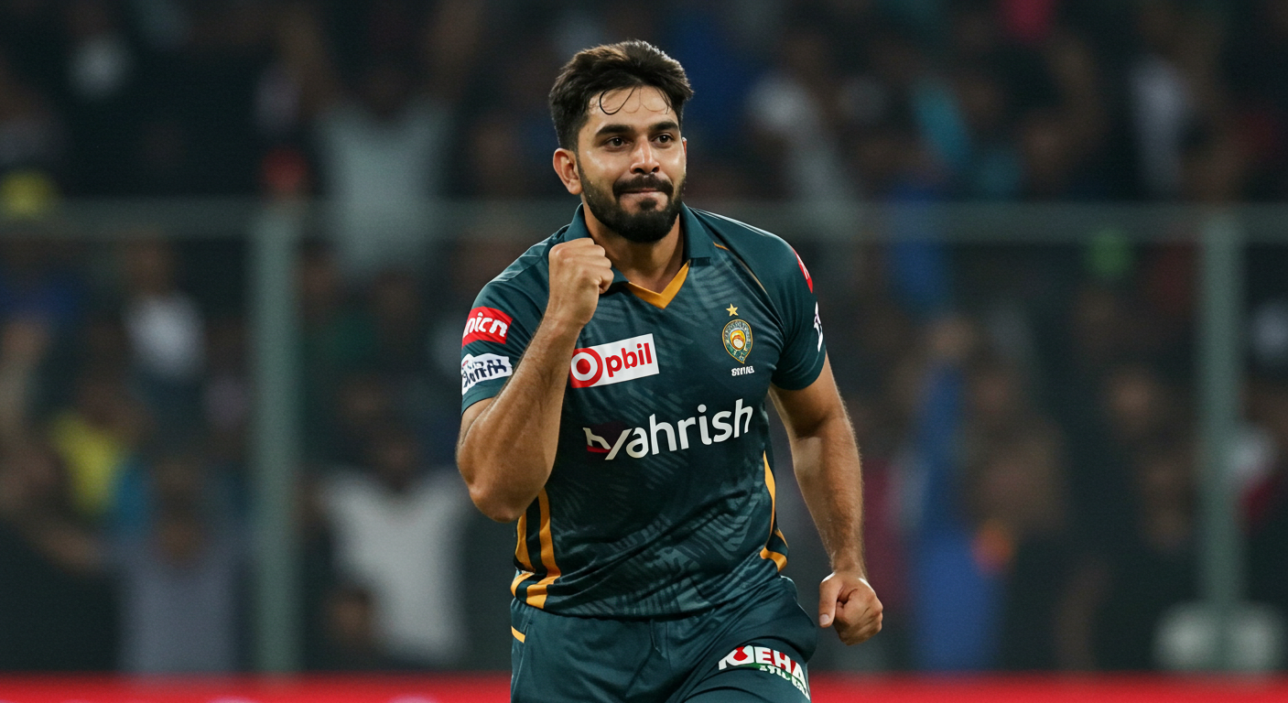
The qualification process is one of the most important elements of the T20 World Cup format. It ensures that teams do not participate solely based on past records but must earn their place based on performance and rankings.
Automatic Qualification
-
The top 8 teams in the ICC T20I rankings at the cutoff date qualify directly for the Super 12s.
-
The next best-ranked teams receive automatic entry into the initial group stage of the tournament.
-
Host nations usually qualify automatically as well.
Global Qualifiers
-
For the remaining spots, the ICC conducts T20 World Cup Qualifiers.
-
Teams from different regions (Asia, Africa, Americas, Europe, East Asia Pacific) compete in regional events.
-
The best-performing teams in these regional tournaments advance to a final qualifying round.
-
The final round decides the remaining teams for the group stage of the World Cup.
This qualification process allows smaller cricketing nations to compete on the world stage and creates a more competitive global ecosystem.
4. T20 World Cup Format Explained
The format of the T20 World Cup can seem complex at first, but it is designed to ensure fair competition and deliver maximum excitement. The most recent editions of the tournament have followed a three-phase structure:
Phase 1: First Round / Qualifiers
-
8 teams are divided into two groups of four
-
Each group plays a round-robin format (every team plays the other three in its group)
-
The top 2 teams from each group (based on points and net run rate) advance to the Super 12 stage
Phase 2: Super 12 Stage
-
Consists of 12 teams: 8 pre-qualified + 4 from the first round
-
Teams are split into two groups of six
-
Again, a round-robin format is followed within each group
-
Points are awarded: 2 for a win, 1 for a no-result or tie, 0 for a loss
-
The top 2 teams from each group proceed to the knockout stage
Phase 3: Knockouts
-
Semifinal 1: Winner of Group 1 vs Runner-up of Group 2
-
Semifinal 2: Winner of Group 2 vs Runner-up of Group 1
-
Final: Winners of the two semifinals
This format ensures that teams have to perform consistently across multiple matches. Upsets in the group stage can dramatically affect the standings, and one loss in the knockout round can end a team’s tournament run.
5. Points System and Tiebreakers

During the group and Super 12 stages of the T20 World Cup, teams earn points based on match results. This system determines which teams advance to the knockout rounds.
Points Allocation:
-
Win: 2 points
-
No Result or Tie: 1 point
-
Loss: 0 points
If rain or bad weather prevents the completion of a match, and no result is possible, both teams share points.
Tiebreakers:
When two or more teams have the same number of points, the following rules are used to break the tie:
-
Net Run Rate (NRR):
This is the most common tiebreaker. It is calculated based on the average runs scored per over minus average runs conceded per over across all matches. -
Head-to-head Result:
If NRR is equal, the result of the match between the tied teams is considered. -
Higher Number of Wins:
If still tied, the team with more wins goes through. -
Fair Play Points or ICC Rankings:
In rare cases, the ICC rankings or other fair play considerations can come into play.
These rules ensure that consistent performance, not just luck, decides which teams move ahead.
6. Unique Rules in the T20 World Cup
The T20 World Cup is governed by ICC T20I playing conditions, but a few unique regulations and match features stand out.
Powerplay Overs:
-
The first 6 overs of each innings are designated as a powerplay.
-
Only two fielders are allowed outside the 30-yard circle during this phase.
Fielding Restrictions:
-
After the powerplay, a maximum of 5 fielders can be outside the circle.
-
No more than 5 fielders are allowed on the leg side at any time.
Over Rate Penalties:
-
Teams must finish their 20 overs within 85 minutes.
-
Failure to do so results in an extra fielder being brought inside the circle for the remainder of the innings.
Super Over Rule:
-
In knockout matches, if the game is tied after 20 overs each, a Super Over is used.
-
Each team bats one over (6 balls) with 2 wickets available.
-
The team with the higher score wins.
-
If still tied, another Super Over is played until a winner emerges.
This rule adds drama and has led to unforgettable finishes, such as the tied final in the 2019 ODI World Cup, although not in a T20 World Cup final yet.
7. Recent Format Changes and Future Outlook
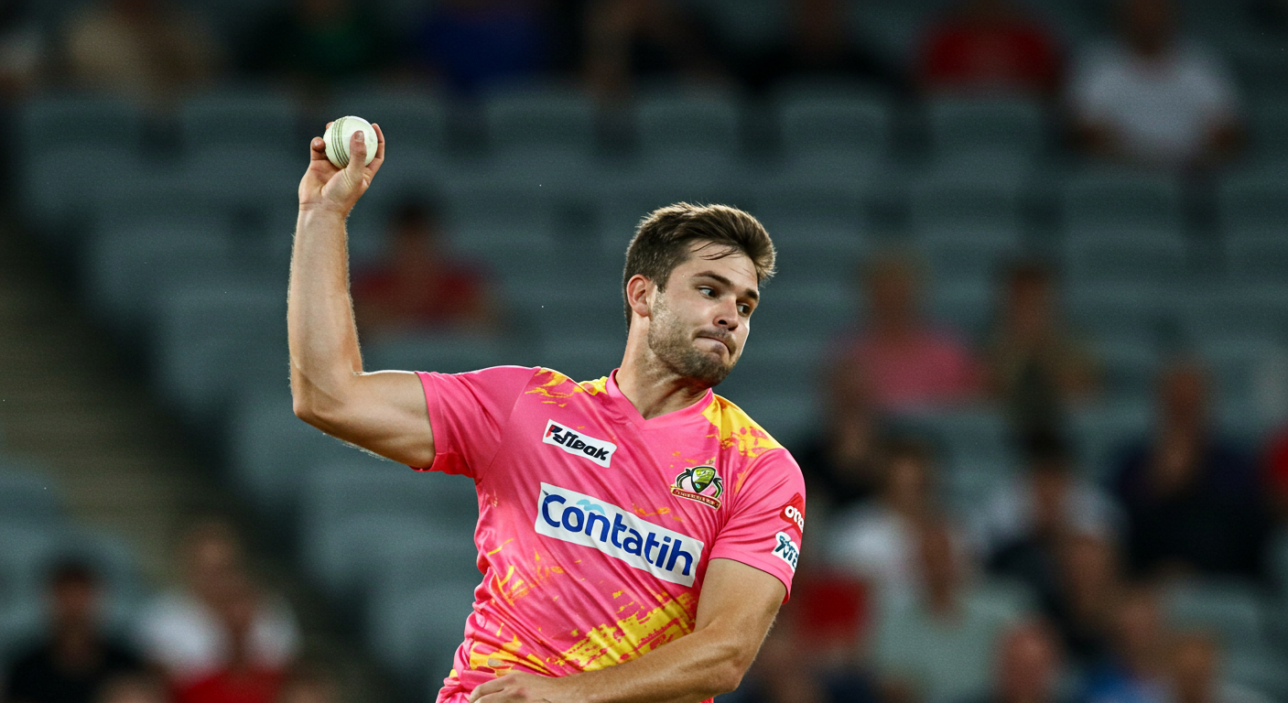
The T20 World Cup format has evolved over time to accommodate more teams and make the competition more inclusive.
Past Adjustments:
-
Earlier editions had 12 teams and a simpler group-to-semifinal structure.
-
The 2021 and 2022 tournaments included a First Round to give more teams a chance.
Future Plans:
-
From 2024 onward, the tournament will feature 20 teams.
-
These teams will be split into four groups of five in the initial stage.
-
The top 2 teams from each group will move into a new Super 8 stage, followed by semifinals and a final.
This change aims to offer more match time to associate nations and create opportunities for upsets and growth in lesser-known cricket regions.
Host Nations and Scheduling:
-
The T20 World Cup is hosted in different countries to grow the game’s global presence.
-
2024 will be co-hosted by the USA and West Indies, a major move to expand cricket in North America.
Final Thoughts: Why the T20 World Cup Format Works

The T20 World Cup format is a careful balance between inclusivity, competitiveness, and entertainment. It gives all participating teams, big or small, a chance to make an impact on the global stage.
The fast-paced format, strategic rules like the powerplay and Super Over, and the inclusion of more associate nations have helped the T20 World Cup become one of the most thrilling events in sports. It is short enough to maintain excitement but deep enough to reward consistent performance.
The ICC’s decision to expand the tournament shows confidence in the format’s success and its ability to attract fans from both traditional cricketing nations and emerging markets.
FAQs
How long does a T20 World Cup match last?
Most matches last about 3 hours, including a 10-15 minute break between innings.
What happens if two teams have the same points in the group stage?
Net Run Rate (NRR) is used to separate them. If still tied, head-to-head results and number of wins are considered.
What is the Super Over in the T20 World Cup?
In knockout matches that end in a tie, a Super Over is used to determine the winner. Each team bats one over.
How do associate nations qualify for the T20 World Cup?
They compete in ICC Regional Qualifiers. The top teams from each region then compete in a Global Qualifier, and the best teams from there enter the World Cup.
What is the difference between the Super 12 and Super 8 stages?
The Super 12 stage has two groups of six teams each. From 2024, the new Super 8 format will have four initial groups of five teams, with top teams entering the Super 8 before knockouts.

